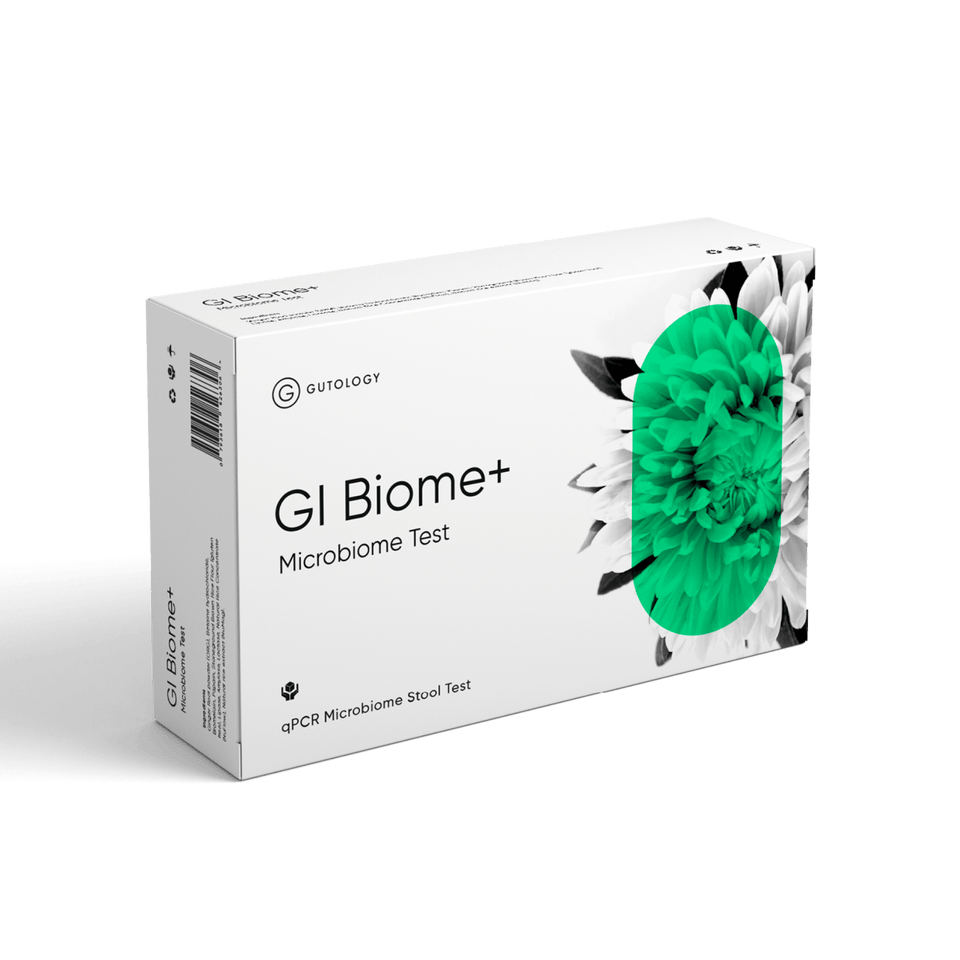The oral cavity is the first access to our body, where several microorganisms can enter from and colonise other areas such as the lung and blood stream, even the gut.
The Oral-Gut Link
It is known that disturbed biofilm (microbial community) within the oral cavity can lead to systemic disorders such as blood clot, diabetes, cardio - and neurodegenerative diseases. However, evidence has shown that oral bacteria can also colonise and remain in the gut, causing intestinal immune activation and therefore further chronic inflammatory responses such as Inflammatory Bowel Diseases (IBD) or Rheumatoid Arthritis (RA)1,2.
On one hand, oral infection and/or tooth loss can easily lead to a change in eating habits. As a consequence, people may lose the ability to consume certain nutritious foods and choose high-calorie, high-fat food instead. This can have a negative effect on the absorption of nutrients, vitamins and minerals and may lead to gut microbial imbalances3.
On the other hand, the state and balance of the oral microbiome can also have a direct impact on the overall gut microbial ecosystem. Although the interrelationship between oral and gut microbiome is still under research - and it is believed that there are diverse microbial communities performing different function within the two area -, it is also suggested that alterations in the oral microbiome may be linked to gut microbiome changes due to the possible transmission via the bloodstream and saliva4,5. The common risk factors for the translocation of unfavourable bacteria to the gut can be dietary intake, pharmaceuticals, insufficient stomach acidity and/or PPI medications and hygiene. The link between oral and gut bacterial species have especially been recognised in the cases of irritable bowel syndrome (IBS) and autoimmune diseases such as RA and lupus. It is however important to know that much of this translocation and the damage that has already occurred can be reversed and restored with the elimination of harmful pathogens5.
Prevention and maintenance
Pre- and probiotics have been long used and proved to have a positive impact in the treatment of gut and systemic disorders. Evidence shows that the shifting of the oral microbiome can be improved and maintained by sufficient dental hygiene and the supplementation with probiotics that can lower the risk of disease development5,6. Probiotic-rich toothpaste is known to have anti-inflammatory and antimicrobial effects which can strongly contribute to the rebalance of the oral microbiome. Their long-term use may reduce gum bleeding, manage ‘bad breath’, and prevent the growth of unfavourable bacteria, therefore gum disease within the oral cavity and the gut microbiome7.
Probiotics at work
Carbohydrate-rich diets can create an acidic environment for the oral microbiota resulting in the abundance of acid producing species that are strongly involved in tooth demineralization and decay. Research reported that 69-82% of specific Lactobacillus strains such as L. paracasei, L. acidophilus could inhibit the growth of some pathogenic bacteria by sticking to the oral cavity, preventing the adhesion of pathogenic bacteria, and competing for nutrients and growth factors8.
Considering the burden of the time and cost of dental treatments, prevention may well be a more convenient and economical way of dealing with and avoiding certain diseases. The right personal hygiene and mindful dietary modification can both be considered as targeted interventions for manipulating the oral, therefore gut microbiome and preventable illnesses.
Dr Mark Burhenne
We recently spoke with functional dentist Dr Mark Burhenne on The Gutology Podcast, who blew us away with his insights into oral health.
If you'd like to find out more about the oral microbiome and what's hiding in your toothpaste, you can listen to the full podcast here:
- Lira-Junior, R., Boström, E. 2018. Oral-gut connection: one step closer to an integrated view of the gastrointestinal tract? Mucosal Immunology. 11, 316–318.
- Oral Health Foundation, 2023. The importance of a healthy smile. [online]. Warwickshire: Oral Health Foundation. Available from: https://www.dentalhealth.org/healthysmile
- Li, X., Kolltveit, K., M., Tronstad, L., Olsen, I. 2000. Systemic diseases caused by oral infection. Clin Microbiology. Rev. 13(4):547-58.
- Maki, K., A., Kazmi, N., Barb, J., J., Ames, N. 2021. The Oral and Gut Bacterial Microbiomes: Similarities, Differences, and Connections. Biological Research for Nursing. 23(1):7-20.
- Khor, B., Snow, M., Herrman, E., Ray, N., Mansukhani, K., Patel, K., A., Said-Al-Naief, N., Maier, T., Machida, C., A. 2021. Interconnections Between the Oral and Gut Microbiomes: Reversal of Microbial Dysbiosis and the Balance Between Systemic Health and Disease. Microorganisms. 26;9(3):496.
- Park, S., Y., Hwang, B., O., Lim, M., Ok, S., H., Lee, S., K., Chun, K., S., Park, K., K., Hu, Y., Chung, W., Y., Song, N., Y. 2021. Oral-Gut Microbiome Axis in Gastrointestinal Disease and Cancer. Cancers (Basel). 28;13(9):2124.
- British Dental Journal. 2021. Probiotics for advanced dental hygiene. [online]. BDJ. Available from: https://www.nature.com/articles/s41415-021-3084-y
- Homayouni, Rad, A., Pourjafar, H., Mirzakhani, E. 2023. A comprehensive review of the application of probiotics and postbiotics in oral health. Front Cell Infect Microbiol. 8;13:1120995.



